BFCM Conversion Tactics: Smart Bundles, Flash Sales & Scarcity Marketing
Reading Time: 13 minutesStill approaching BFCM with generic discounts, last-minute price cuts, or scattered promotions?…
From the last 2-3 years, you can find many ‘top of the line’ brands renovating their online web strategy. Apparently, most of those brands shifted to progressive web apps replacing their earlier website and got great results too. When you look into it the best PWA examples out there, you will realize that it is capable of doing extraordinary. It has shown an incremental difference in the productivity of their websites for both mobile and computer. A wise learner learns lessons from others rather than facing hardship to overcome them, so here we give you some of the best PWA examples.
The web is now entering an era of interactive and broad vision ever since the introduction of Progressive Web Apps. It is time for mobile commerce to rise. These are some of the best PWA examples which serve an inspiration for all up and coming businesses wanting to explore mobile commerce along with the average computer audience.

Thereafter, Flipkart began building Flipkart Lite. Their PWA combines the best elements of the web and the interactive approach of the Flipkart native app. Combining their web presence and native app into a PWA gave a successful result instantly. Flipkart Lite has shown a massive increase in conversion rates of the renowned eCommerce brand. One of the best things PWA did for Flipkart is increasing its re-engagement.
Results –
Source – Flipkart Lite Case Study

After Trivago implemented PWA, their story shows a dramatic turnaround. Trivago’s website was a collection of APIs that provided a flawless user experience that resembles native apps. PWA gave Trivago a clear-cut advantage as it is now using functions such as offline access, push notifications, installable home screen app icons, and the ability to access mobile features.
Results –
One of the most reputed business magazines of the world, Forbes is definitely a brand to reckon with. It publishes news, articles, and reports, usually on business-oriented topics such as marketing, finance, manufacturing industry, investment, distribution, supplies, etc. Forbes wanted to explore the mobile landscape for better outreach. They were practical and openly evaluated the drawbacks of relying on a native mobile app as users refrained from unnecessary app downloads. On the other hand, the visitor traffic from mobile was growing rapidly.
So Forbes was looking for a solution like PWA and to their luck, PWA arrived for them just in time. Forbes PWA engaged more mobile visitors with an exceptional web experience. The progressive web app not only increased its page loading speed but also provided the effervescent media and visual content effectively. This move ensured a friction-free environment for visitors. Forbes was now successfully engaging and delivering content based on accessible user information thanks to the cache data. It is also using push notifications to create healthy re-engagement with its users whenever new content is added to their site.

Under such circumstances, native apps were never meant to succeed. App downloads were never going to work and investing in native apps was proving inconsequential and non-productive. As PWA entered the picture, Jumia could see it as a perfectly created solution for their needs. It ensured that just they can reach more consumers and expand the business beyond the threshold of slow internet. Since moving to the PWA platform, Jumia overcame all those challenges and explored unfound success across several regions of Africa.
Results –
Source – Jumia PWA Case Study

Ola built its PWA and named it Ola Lite. The basic necessities of the Ola were duly kept in check by the Ola Lite web application as good as their native apps. It uses fewer data to operate, very minuscule in size, engagement friendly for the users, and efficient in performance. This is now the major part of the success Ola has reached in spite of a dominant competition from the internationally helmed Uber cabs. Ola is now actively operating its services in tier 2 cities with ease and efficiency.
Results –
Source – OLA Lite Case Study

The company found it hard to drive users to download a native app, leading to steep drop rates and invariably high customer acquisition costs, but also to building engaging user experience for the mobile web.
To reach the audience they wanted, the company needed a solution that merged the benefits of native apps and the mobile web so they could lower the cost of discovery and increase engagement rates. MakeMyTrip developed a PWA that led to a fast, reliable, and polished mobile-web experience. Their PWA transition was impeccably successful.
Results –

Aliexpress app was failing to hold on to its users, even those users who downloaded their app were uninstalling it after completing their first purchase. It was facing a big hurdle in re-engaging their customers as they uninstalled the app after one purchase. So AliExpress decided to build a cross-browser Progressive Web App to combine the best of app with the broad reach of the web.
Results –
Source – Aliexpress PWA Case Study

Twitter implemented Twitter PWA. It enabled push notifications which works pretty much the way as their native app does. It is able to send these notifications even if the browser is closed. Twitter Lite consumes minimum data as possible and relies on the cache as much as it can. Twitter PWA also reduces the size of media content for the same reason. Twitter Lite was successful in reaching a wider audience even in poor internet connectivity regions with efficiency. Most importantly, the PWA transition also gave its user the choice to join the social platform without downloading their huge 82 Mb native app. Twitter Lite is almost negligible in size which is just around one MB in size and still, it is delivering a user experience pretty similar to the native app.
Result –
Source – Twitter Lite Case Study
Ele.me is a popular online food ordering and delivery service provider in China. Ele was experiencing rapid growth in its business. The company thereupon created many distinct units within its company for conveniently managing work. It felt that its separate unit of services needs a separate landing page which can only be served through a multi-page web app. As the user browses from the home page into sections, the web app leads the user to a different route.
Ele.me PWA is designed in a way where it analyzes the routes depending upon the data collected from its user. PWA creates a webpack plugin to collect the information of routes of the user and it pre-caches those routes upon installation.
Results –
Source – Ele.me PWA Case Study
These PWA Examples prove there is an immense opportunity for eCommerce businesses. Especially going into an era of smartphones, Progressive Web Apps came as a savior to the rescue of SMEs. A hefty majority of online traffic was being sidelined as the unimpressive user experience on the mobile web was unable to contribute any revenue if at all. as they were being crushed under the weight of expensive native app development.
Interesting reads – Business Benefits of PWA theme for Magento websites
PWA uses the capabilities of the modern web and delivers the user experience of an app. Most likely, we can see PWA for eCommerce as an essential necessity to engage consumers through digital channels.
Have more queries, get your answers here – Answers to All Your Queries on Progressive Web Apps
The progressive web app is truly playing the role of catalyst for mobile commerce. It is propelling the productivity of eCommerce websites to exceptionally high markers on mobile platform. So why not take some inspiration from the best PWA examples which propelled business towards growth. These examples of PWA are showing higher conversion rates and productive user engagements. Along with this, many of them saw a rapid rise in their web traffic and the average time spent by users.
Learn basics of PWA with this free guide – An introductory guide to Magento PWA Studio for eCommerce
Short on time! Here’s a quick guide – Guide on Progressive Web Apps for eCommerce
These popular companies switched to PWA Development and found unprecedented success. These best PWA examples should definitely serve as a motivation for aspiring eCommerce websites. To be honest, these many of these PWA exceeded the expectations of many tech analysts. These are one of the many other such PWA examples that turned the tides in favour of the business. You can find hundreds of them.
CedCommerce has created the PWA theme based on Magento PWA Studio. It is curated for Magento 2.3 (Read more – Introduction to the features of Magento 2.3) users and make their website more attractive and engagement friendly. As an eCommerce business, there are a lot of things SMBs need from their websites and Cenia PWA theme takes care of all of them. You can even add more features on the top of the package with the help of Cenia Pro Extensions. This will allow you to get the kind of service you really want.
Experience the Cenia PWA theme for Magento websites – Enhancing Magento PWA Experience with CENIA theme
Take the Demo of Cenia PWA theme to experience the magic of mobile commerce.
For those who want to adopt Magento PWA, check out the webinar – [Webinar] Considerations before implementing Magento PWA for your business
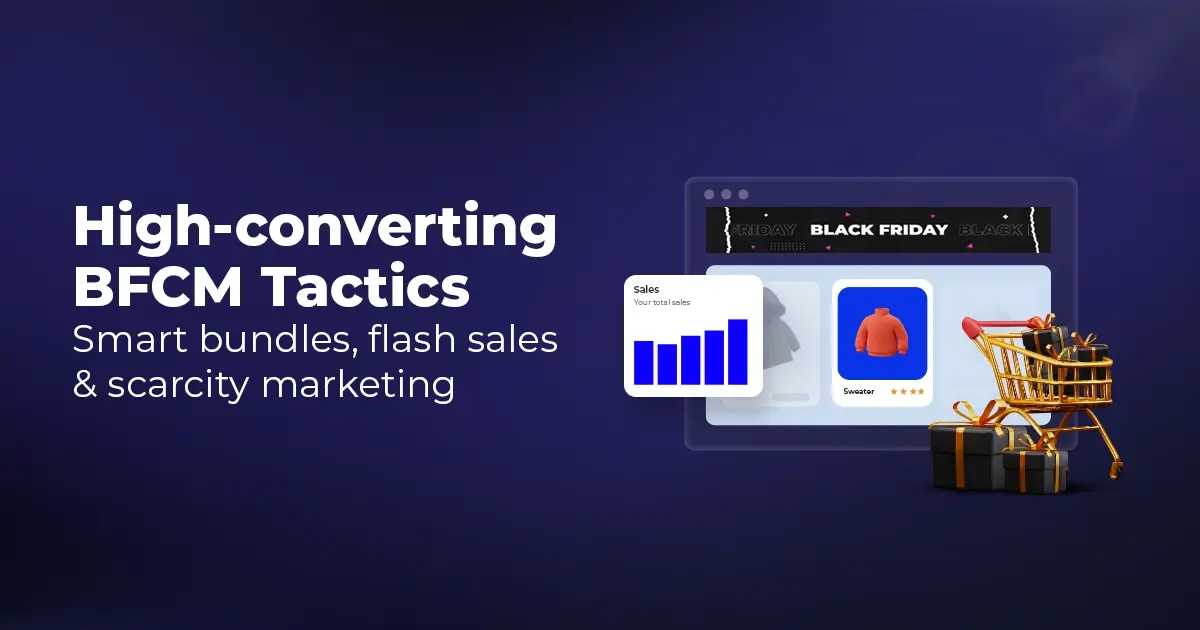
Reading Time: 13 minutesStill approaching BFCM with generic discounts, last-minute price cuts, or scattered promotions?…
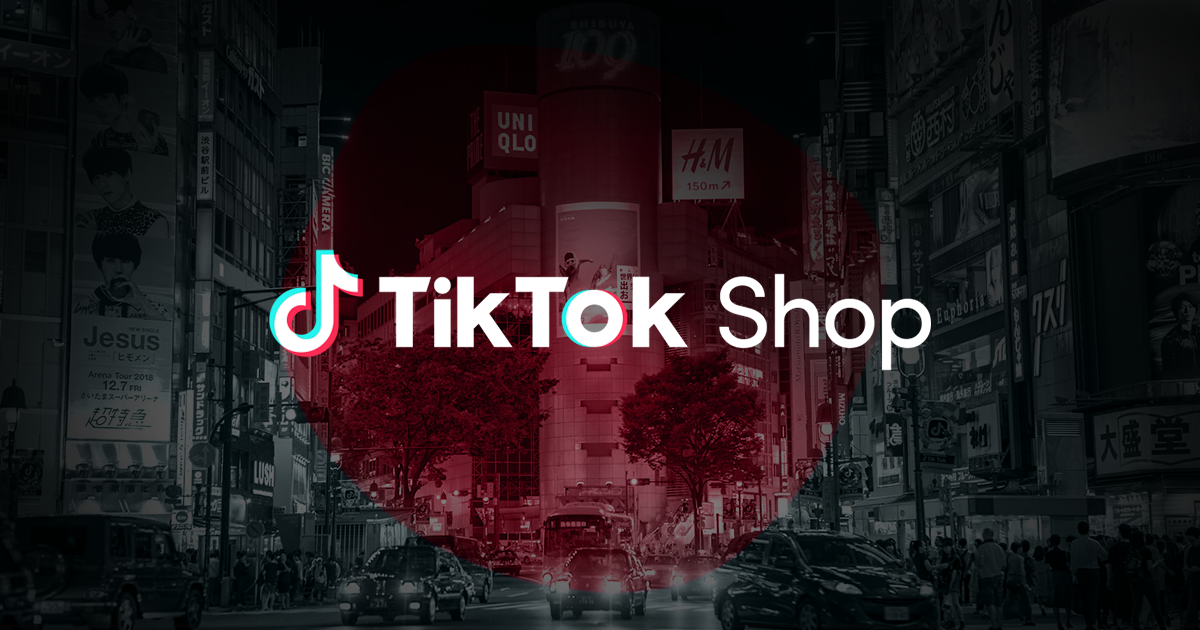
Reading Time: 3 minutesTikTok Shop reached a major milestone during its largest U.S. “Global Black…

Reading Time: 3 minutesOpenAI has announced a new AI-powered shopping research tool designed to help…
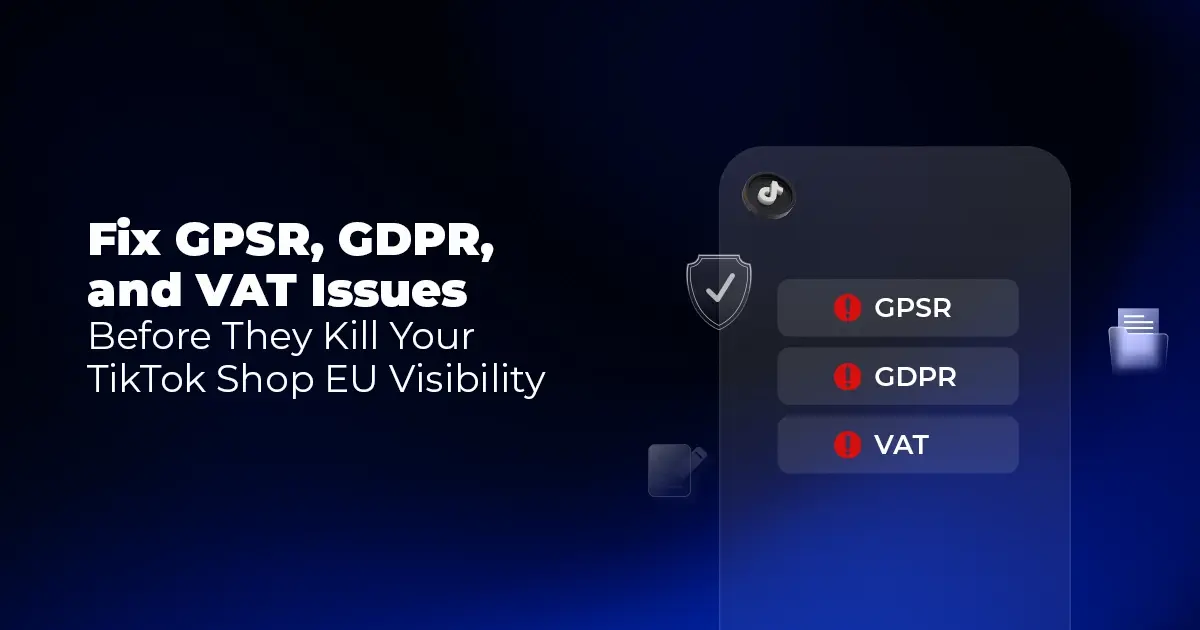
Reading Time: 9 minutesIf your TikTok Shop listings often sit in review or your visibility…

Reading Time: 3 minutesAmazon has rolled out a new “Seller Challenge” feature for eligible Account…

Reading Time: 3 minutesWalmart Marketplace has sharpened its requirements around product classification (category, type group,…

Reading Time: 3 minutesJust ahead of Black Friday, Amazon is enforcing tighter controls on its…

Reading Time: 11 minutesWhere holiday prep of past years focused on legacy channels like Amazon,…
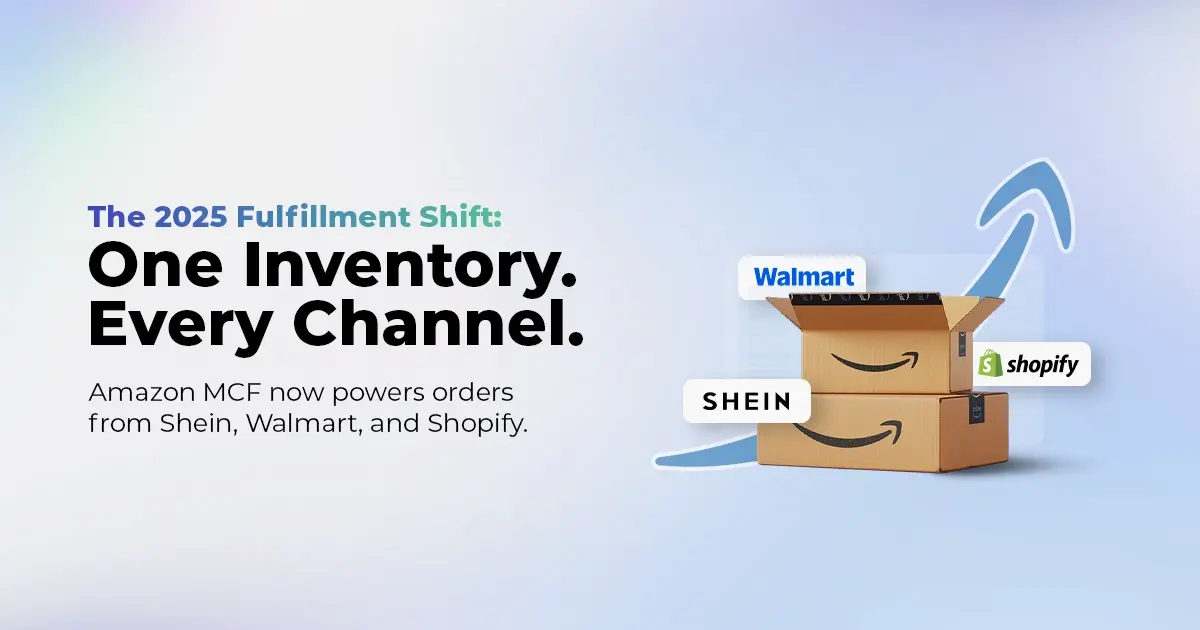
Reading Time: 11 minutesThe eCommerce shift you actually need to act on Multi-channel fulfillment has…
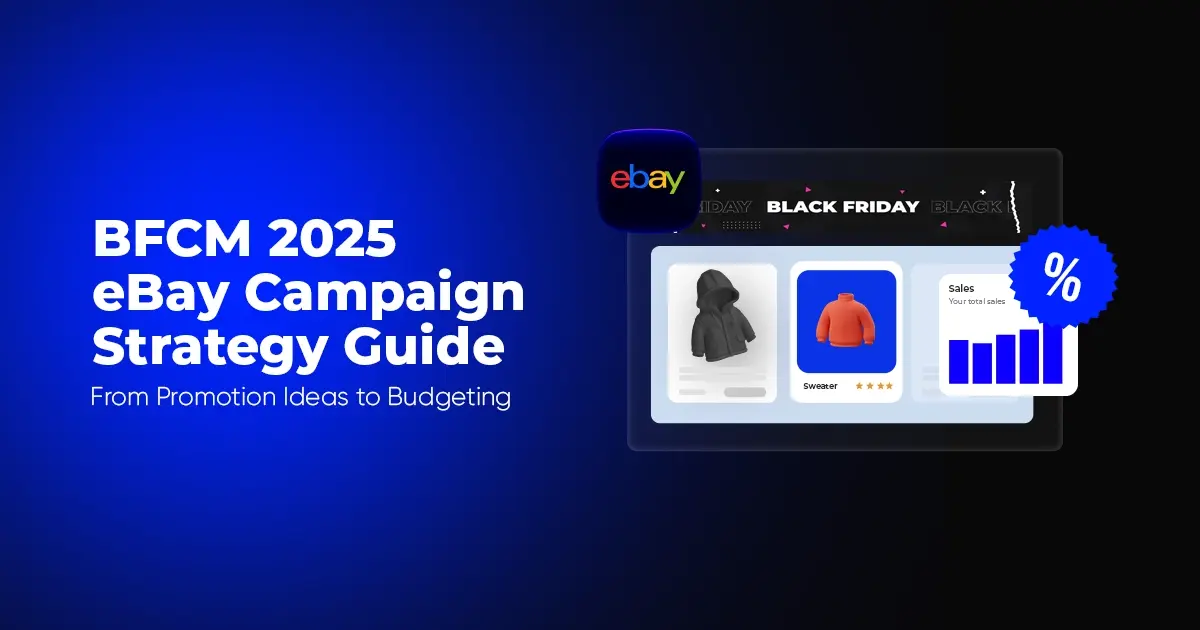
Reading Time: 10 minutesBlack Friday Cyber Monday (BFCM) isn’t a weekend anymore; it’s a two-month…

Reading Time: 2 minuteseBay is quietly testing a new feature that could reshape how buyers…

Reading Time: 2 minutesAmazon is stepping into a new era of value commerce with the…
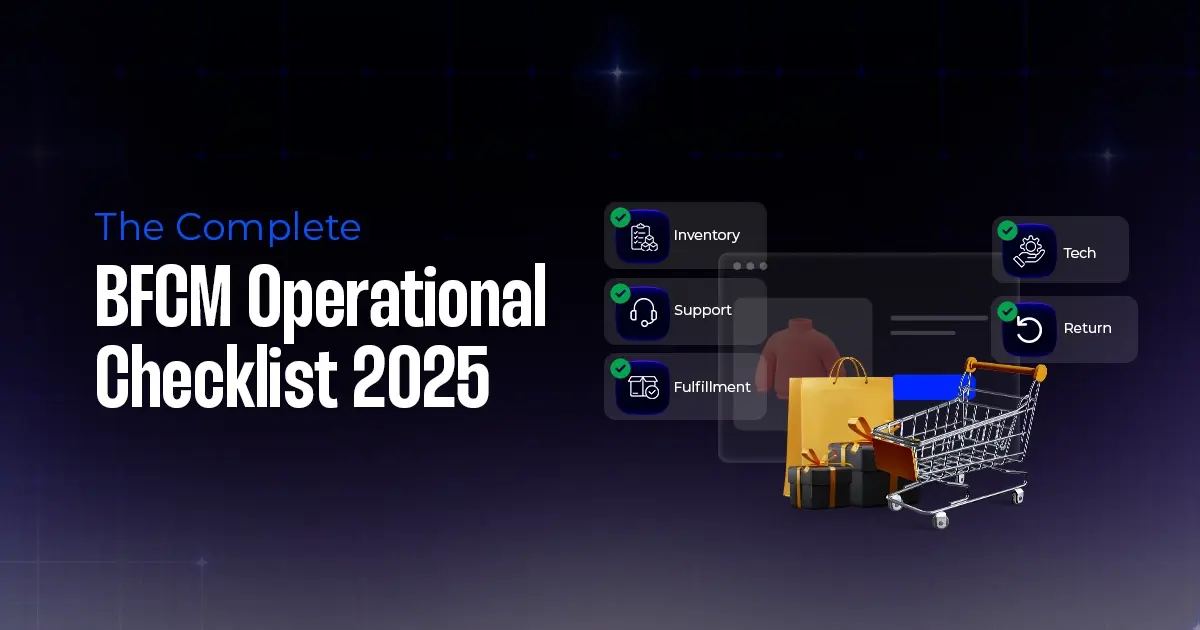
Reading Time: 11 minutesThe $240 Billion BFCM Opportunity & Why Operations Matter Every seller, business,…
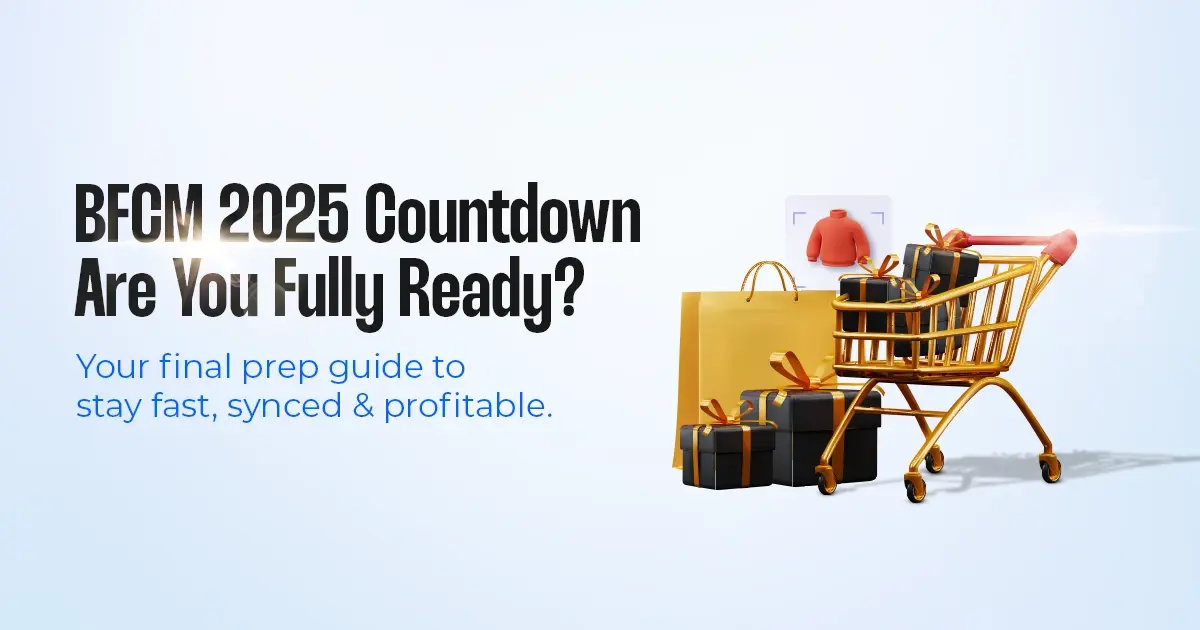
Reading Time: 7 minutesTL;DR — Your 60-Second BFCM Battle Plan Time remaining: 3 weeks until…

Reading Time: 2 minutesChina’s Double 11 shopping festival — the world’s largest annual online retail…

Reading Time: 2 minutesAs the holiday season approaches, TikTok Shop has released its September 2025…

Reading Time: 3 minutesIn a continued effort to enable sellers and stimulate new product launches…

Reading Time: 2 minutesAs global trade enters a new phase of regulation and cost restructuring,…

Reading Time: 2 minutesOpenAI Turns to Amazon Web Services in $38 Billion Cloud Deal: What…
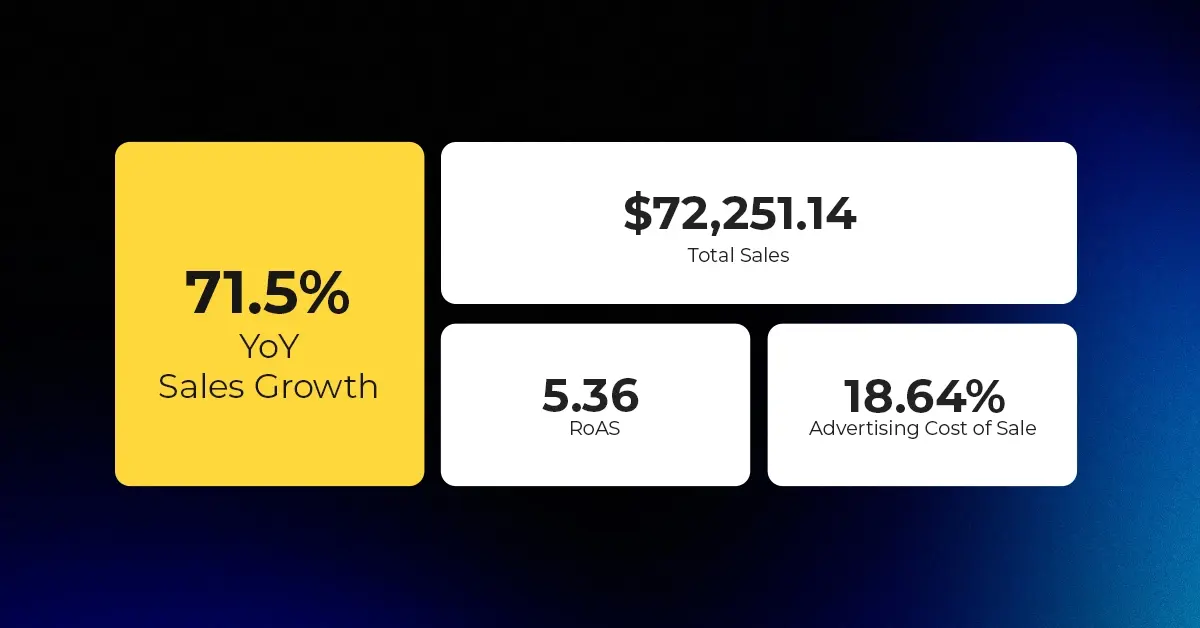
Reading Time: 4 minutesAbout the Client TMRG is a global health and wellness brand with…